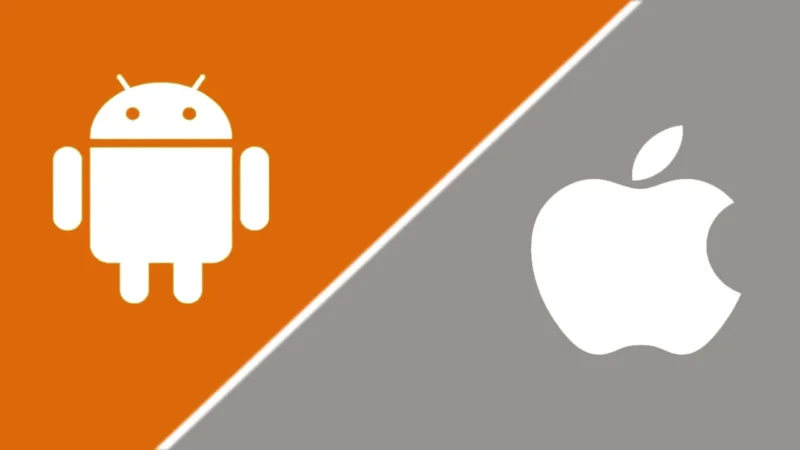Technology has brought significant changes in various sectors, including education. It has revolutionized the way students learn, how teachers teach, and how schools operate. The integration of technology in education has opened doors to new teaching methodologies, learning opportunities, and better communication channels.
Here are some of the ways technology is changing education
- Online Learning
Technology has made it possible for students to learn anytime and anywhere. Online learning platforms such as Coursera, Udemy, and Khan Academy offer a wide range of courses and resources for students to access. Students can take online classes at their own pace, giving them more flexibility and control over their learning.
2. Personalized Learning
Technology has enabled teachers to personalize learning to meet individual student needs. Learning management systems (LMS) allow teachers to create customized lesson plans, track student progress, and provide real-time feedback. This approach ensures that students receive the necessary support and attention they need to excel.
3. Collaboration and Communication
Technology has improved communication and collaboration between students and teachers. With tools such as video conferencing and online chat, teachers can connect with their students from anywhere in the world. Students can also collaborate on projects, share ideas, and work together on assignments using cloud-based tools like Google Drive and Microsoft OneDrive.
4. Virtual and Augmented Reality
Virtual and augmented reality technologies are transforming the way students learn by providing immersive and interactive experiences. Virtual reality (VR) technology allows students to experience simulations and real-world scenarios, enhancing their understanding of complex concepts. Augmented reality (AR) technology overlays digital information onto the real world, allowing students to interact with objects and information in new and exciting ways.
5. Artificial Intelligence
Artificial intelligence (AI) technology is transforming education by providing personalized learning experiences and improving student outcomes. AI-powered systems can analyze student data, identify areas where students need help, and provide recommendations for personalized learning paths. This approach helps students learn at their own pace and with the support they need.
Pros and Cons
Pros
- Increased Accessibility: Technology has made education more accessible to students regardless of location, time constraints, and physical ability.
Personalized Learning: Technology has enabled teachers to personalize learning to meet individual student needs, ensuring that students receive the necessary support and attention they need to excel.
Enhances Learning: Technology has provided new ways to teach and learn, making education more engaging, interactive, and effective.
Improved Communication: Technology has improved communication and collaboration between students, teachers, and parents, enhancing the overall educational experience.
Real-time Feedback: Technology has made it possible for teachers to provide real-time feedback, ensuring students receive prompt and constructive criticism.
Cons
Overdependence on Technology: Students and teachers may become overly dependent on technology, leading to a lack of traditional skills such as handwriting, critical thinking, and face-to-face communication.
Cost: Technology can be expensive, and not all schools and students may have access to the latest tools and equipment.
Distractions: Technology can be a source of distraction for students, leading to reduced attention spans and diminished learning outcomes.
Privacy and Security Concerns: Technology can also pose privacy and security risks for students, as personal information may be vulnerable to hacking or misuse.
Inequality: Technology may widen the gap between students who have access to the latest tools and those who do not, leading to educational inequalities.
Overall, while technology has brought significant advancements to education, it’s essential to address its potential drawbacks to ensure that students receive a balanced and effective educational experience.






